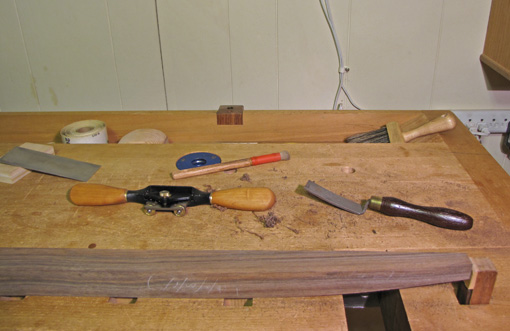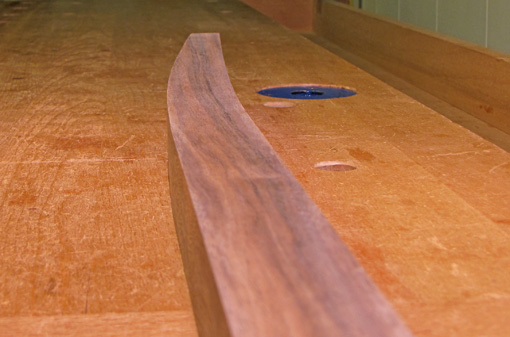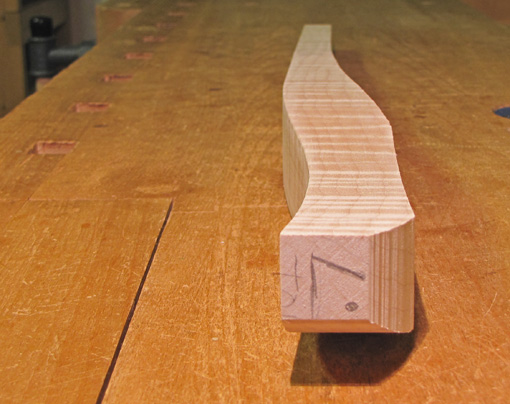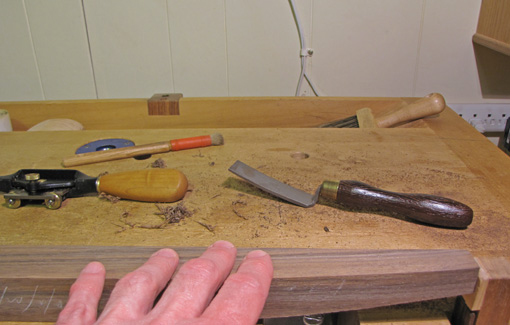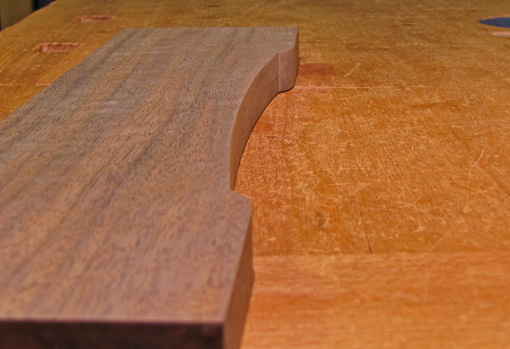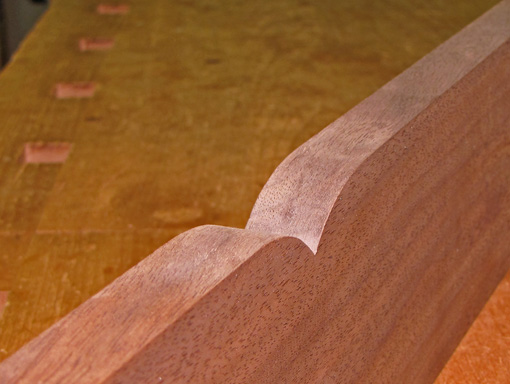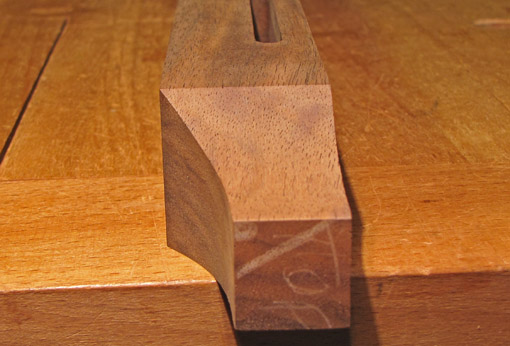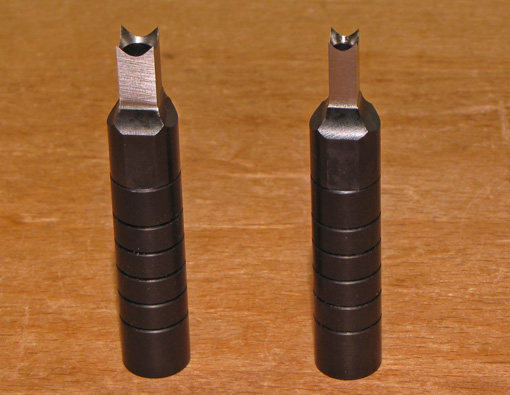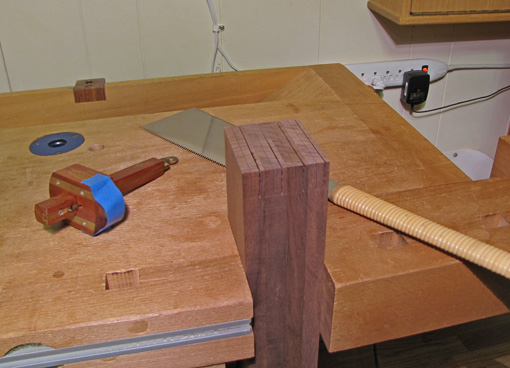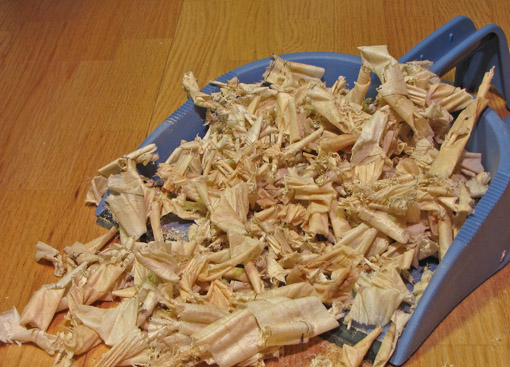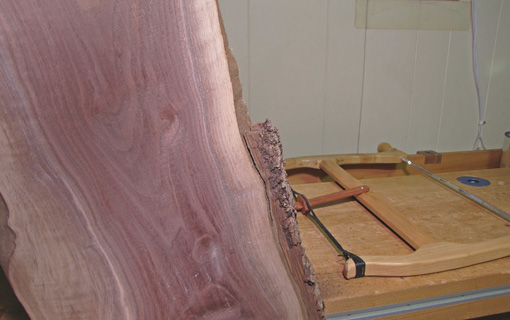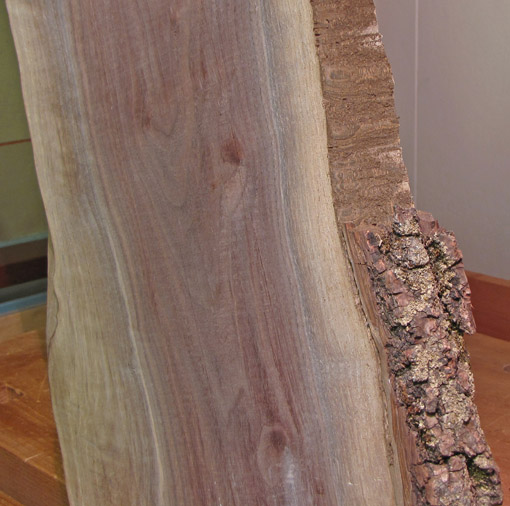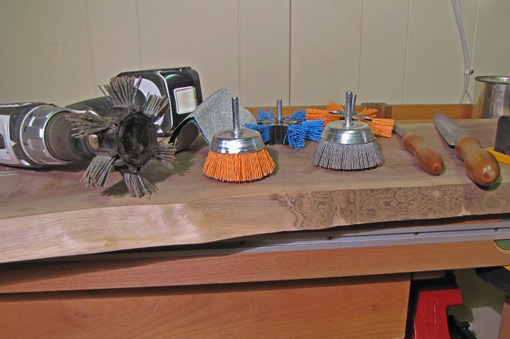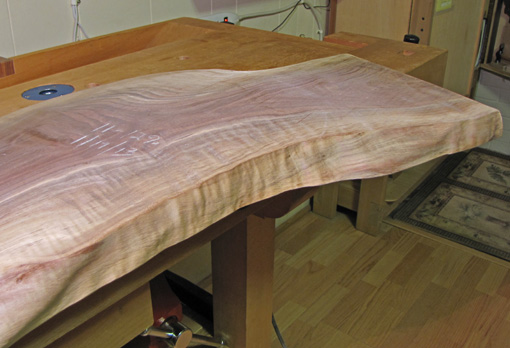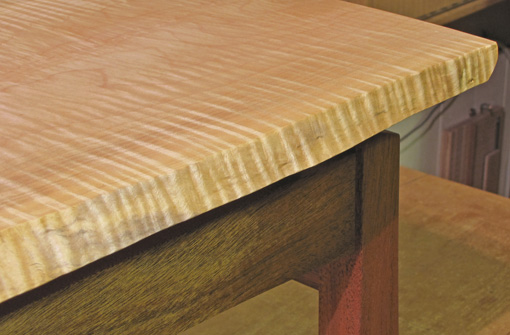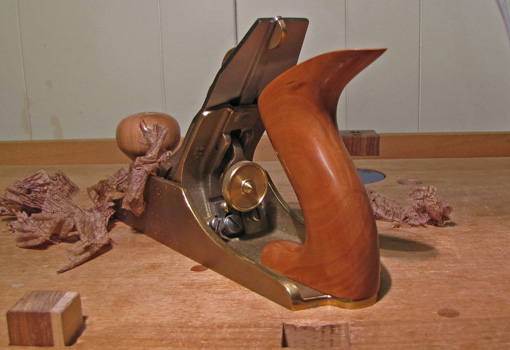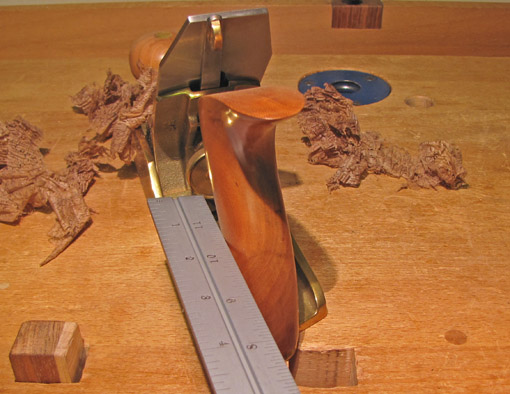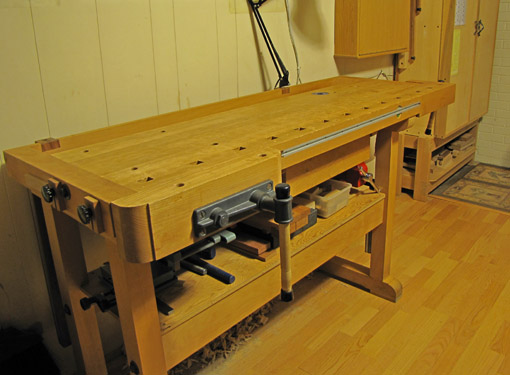
The word count tool tells me that I have now written more than 100,000 words on this blog, enough to fill two average non-fiction books, in addition to posting more than 500 original photographs since starting in September 2008. At this milestone, I again say thank you, dear readers, for including Heartwood in your woodworking reading among the ever-growing multitude of choices online and in print. I hope this blog helps expand your technical understanding as well as your enjoyment of woodworking.
I still believe that blogging can share information in a fresh and nimble way unmatched by textbooks and magazines, often exploring areas that other media neglect. Topics can be covered briefly or, using the series format, at considerable length and depth. Moreover, it’s fun.
I will continue to offer content based on my hands-on woodworking experience – real-deal stuff “arising from the sawdust and shavings of my shop.” If there is a topic you would like to see covered, drop me an email and I’ll try to write on it, but only if I know what I’m talking about.
If you are at all inclined to add a comment on a post, please do! I wish there were more comments because they share knowledge and help me connect with readers. I must hold comments for moderation and close commenting 30 days after posting because though Akismet blocks 98-99% of the many thousands of spam comments, a substantial number get through and they are often ugly.
Also, please feel free to email me with your woodworking questions. I love this craft and want others to enjoy it too, so I especially like helping novice woodworkers get oriented and move on to building things.
As a personal update, I am recovering from recent shoulder surgery so I cannot do any woodworking for a while. I should eventually be fine, but in the meantime, oh, how I miss building stuff! This has also forced me to cancel the talk-demonstrations on drawer fitting and options for smoothing plane setups that I was scheduled to present in March at the Northeastern Woodworker’s Association annual Showcase event in New York.
The next series in the blog will be on my sharpening bench and setup which has undergone many revisions and refinements over the years.
As always, thanks for reading, and happy woodworking to you.

